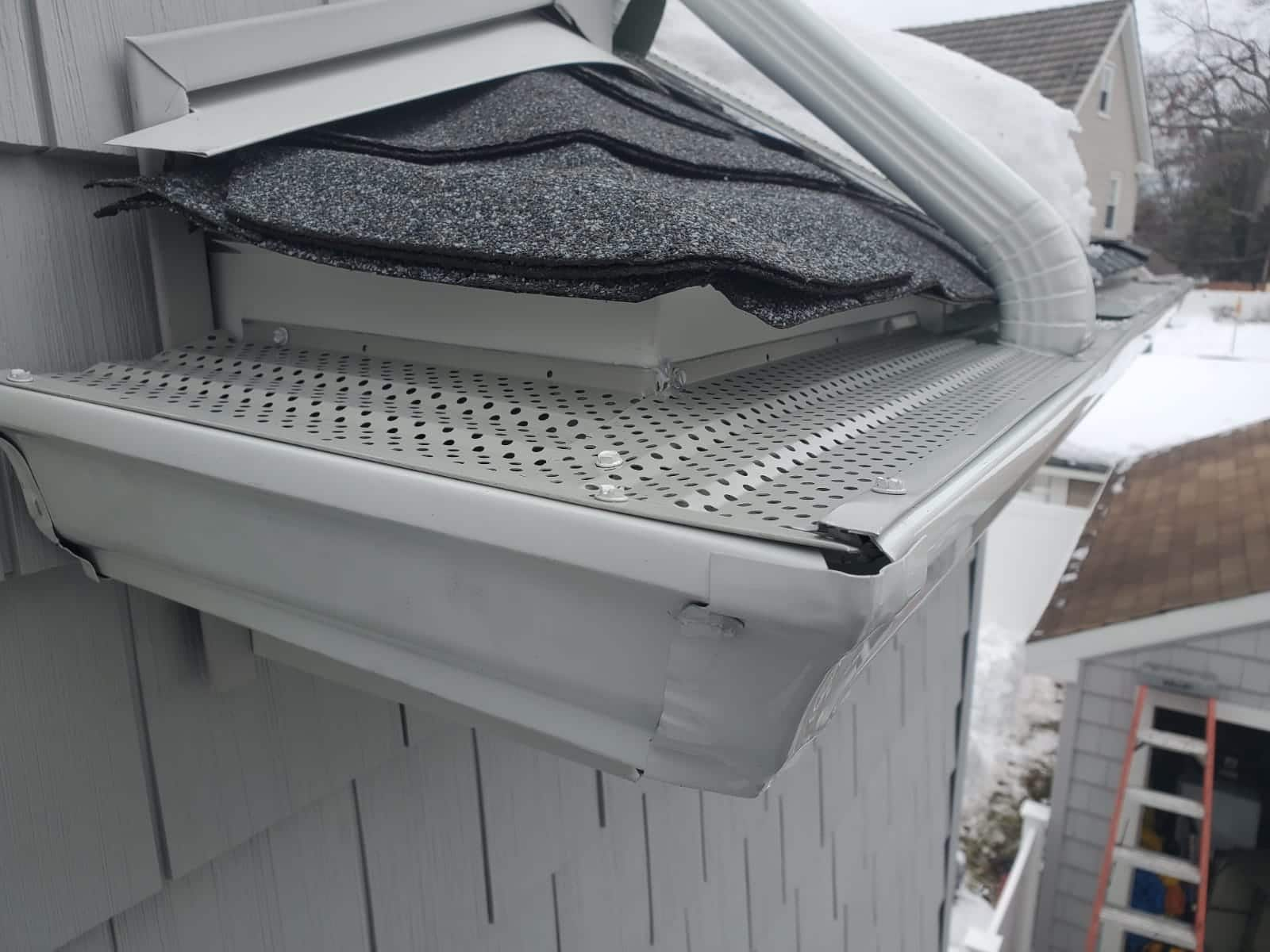

Articles
How To Keep Squirrels Out Of Gutters
Modified: December 7, 2023
Learn effective ways to keep squirrels out of your gutters with these informative articles. Protect your home from potential damage caused by these pesky rodents.
(Many of the links in this article redirect to a specific reviewed product. Your purchase of these products through affiliate links helps to generate commission for Storables.com, at no extra cost. Learn more)
Introduction
Squirrels are cute and agile creatures that are often found scurrying through trees and across power lines. While they may be entertaining to watch, they can become a nuisance when they invade your gutters. These furry little pests have an uncanny ability to find their way into even the smallest openings and wreak havoc on your gutter system. Not only can they cause blockages and water damage, but they can also create a cozy home for themselves, leading to potential structural issues.
In order to keep squirrels out of your gutters, it’s important to understand their behavior and the potential entry points they exploit. By assessing these entry points and implementing effective deterrents, you can successfully protect your gutters from squirrel intrusions.
Throughout this article, we will explore various methods and strategies to keep squirrels out of your gutters. From installing mesh gutter guards to using squirrel repellents, there are several practical and effective solutions to consider. Let’s dive in and learn how to safeguard your gutters from these persistent critters.
Key Takeaways:
- Understanding squirrel behavior and fortifying potential entry points are essential in keeping squirrels out of gutters. Implementing mesh gutter guards and regular maintenance can effectively deter these persistent critters.
- Utilizing squirrel repellents, trimming overhanging tree branches, and creating a distraction with feeders offer additional protection against squirrel intrusions. Regular monitoring and maintenance of gutter protection measures ensure long-term effectiveness.
Understanding the Behavior of Squirrels
Before we can effectively keep squirrels out of our gutters, it’s important to understand their behavior and what motivates them to explore and invade our homes. Squirrels are highly adaptable and resourceful creatures, constantly seeking shelter, food, and a safe nesting environment.
One of the main reasons squirrels venture into gutters is to search for nesting material. They have a natural instinct to collect twigs, leaves, and other debris to build their nests. Gutters, with their abundance of dried leaves and debris, can be an attractive location for squirrels to gather these resources.
In addition to nesting, squirrels are also driven by their need to find food. They are omnivores and consume a variety of nuts, seeds, fruits, and even small insects. If your gutters have collected seeds or fruits from nearby trees, squirrels may be drawn to these areas in search of a meal.
Furthermore, squirrels are skilled climbers and jumpers. Their agility and acrobatic abilities allow them to easily navigate trees, rooftops, and power lines. They can easily access your gutters by jumping from nearby branches or rooftops, making it crucial to identify potential entry points and secure them.
By understanding these behaviors, we can implement effective strategies to deter squirrels from accessing our gutters. Let’s explore some techniques to assess potential entry points and fortify our gutter systems against squirrel intrusions.
Assessing Potential Entry Points
When it comes to keeping squirrels out of your gutters, one of the first steps is to identify and assess potential entry points. Squirrels are resourceful creatures and can squeeze through small openings, so it’s important to thoroughly inspect your gutter system and surrounding areas for any vulnerabilities.
Start by examining the areas where your gutters connect to the roof. Look for any gaps or openings where squirrels could potentially squeeze through. Pay close attention to corners, joints, and downspouts, as these are common entry points. Seal off any gaps or holes using weather-resistant sealant or sturdy mesh material to prevent squirrels from gaining access.
Next, inspect your roof for any overhanging tree branches that provide easy access for squirrels. These branches not only act as bridges for squirrels to enter your gutters, but they can also cause debris buildup and potential damage. Trim back any branches that are within close proximity to your gutters, creating a safe distance between the trees and your roof.
Check the condition of your gutters as well. Squirrels can easily chew through weak or damaged gutters, creating openings for them to enter. Replace any damaged sections and reinforce weak spots with durable materials, such as metal gutter guards or sturdy mesh screens. Reinforcing your gutters will not only keep squirrels out but also improve the overall strength and longevity of your gutter system.
Lastly, take a look at the ground surrounding your home. Squirrels are skilled climbers and can use nearby structures like fences, poles, or even the side of your house to access your gutters. Consider installing metal baffles or barriers around these areas to prevent squirrels from gaining a foothold.
By thoroughly assessing and fortifying these potential entry points, you can significantly reduce the chances of squirrels infiltrating your gutters. In the next sections, we will explore different methods to further enhance the protection of your gutter system against these persistent pests.
Installing Mesh Gutter Guards
One effective method to keep squirrels out of your gutters is by installing mesh gutter guards. These guards act as a physical barrier, preventing squirrels from entering while still allowing water to flow freely through your gutter system.
Mesh gutter guards are typically made of durable and weather-resistant materials, such as aluminum or stainless steel. They are designed to fit securely over the top of your gutters, covering the openings and blocking access for squirrels. The mesh pattern allows water to pass through easily while trapping leaves, debris, and other larger objects on top.
When installing mesh gutter guards, start by cleaning your gutters thoroughly. Remove any existing debris and ensure they are clear of any clogs. This will help maximize the effectiveness of the guards and prevent further blockages.
Measure the length of your gutters and cut the mesh guards accordingly, leaving a slight overlap at the ends. Secure the guards in place by using clips, screws, or adhesive strips specifically designed for gutter installation. Make sure the guards are installed tightly and securely to prevent squirrels from pushing or lifting them up.
Mesh gutter guards not only keep squirrels out but also offer additional benefits. They help prevent other pests, such as birds, rodents, and insects, from making their homes in your gutters. Additionally, they reduce the need for frequent gutter cleaning and maintenance, as they minimize the accumulation of debris.
Remember to periodically inspect and clean the mesh guards to ensure they are functioning properly and not clogged with debris. Regular maintenance will help prolong their lifespan and effectiveness.
By installing mesh gutter guards, you can create a physical barrier that deters squirrels from accessing your gutters. This method is not only effective but also provides long-term protection and ease of maintenance for your gutter system.
Using Squirrel Repellents
In addition to physical barriers like mesh gutter guards, another effective strategy to keep squirrels out of your gutters is by using squirrel repellents. These repellents work by emitting strong scents or tastes that squirrels find unpleasant, deterring them from approaching or nesting in your gutters.
One common squirrel repellent is made with natural ingredients such as peppermint oil, cayenne pepper, or garlic. These ingredients can be mixed with water and sprayed directly onto the gutters and nearby areas where squirrels are present. The strong scent and taste act as a deterrent, making squirrels less likely to approach or dwell in those areas.
Commercial squirrel repellents are also available in the market. These repellents typically come in spray or granule form and contain ingredients like predator urine or repellent chemicals. Follow the manufacturer’s instructions carefully when using these products and apply them to your gutters and surrounding areas to create an unpleasant environment for squirrels.
When using squirrel repellents, it’s important to reapply them periodically, especially after heavy rain or when the scent starts to wear off. This will ensure the repellent remains effective in deterring squirrels from accessing your gutters.
It’s worth noting that repellents are not foolproof and may not work for all squirrels. Some squirrels may become accustomed to the scent or taste over time, rendering the repellent ineffective. In such cases, a combination of repellents and physical barriers like mesh gutter guards may provide the best protection.
Always be mindful of the type of repellent you use and consider any potential risks or hazards they may pose to pets, children, or plants. If you have any concerns, consult with a pest control professional for guidance on safe and effective repellent options.
By utilizing squirrel repellents, you can create an inhospitable environment for squirrels, discouraging them from accessing and nesting in your gutters. This, combined with other preventative measures, will help safeguard your gutter system from unwanted squirrel intrusions.
Consider installing gutter guards to keep squirrels out of your gutters. These guards can prevent squirrels from accessing the gutters and causing damage.
Read more: How To Keep Squirrels Out Of My Garden
Trimming Overhanging Tree Branches
One of the key factors that can attract squirrels to your gutters is the presence of overhanging tree branches. These branches act as convenient bridges for squirrels, allowing them easy access to your gutters. By trimming and maintaining these branches, you can significantly reduce the likelihood of squirrels infiltrating your gutter system.
Start by identifying any tree branches that hang close to your roof or gutters. These branches should ideally be trimmed back so that there is at least a 6 to 8-foot gap between the nearest branch and your gutters. This distance makes it more challenging for squirrels to jump from trees onto your roof and access the gutters.
When trimming branches, it’s important to follow proper pruning techniques to ensure the health and longevity of the trees. Use clean and sharp pruning tools to make clean cuts, avoiding irrevocable damage to the tree. If you are unsure or uncomfortable with trimming branches yourself, it’s best to hire a professional arborist to do the job for you.
In addition to trimming branches, consider using tree wraps or metal collars around the base of trees that are close to your gutters. These wraps act as physical barriers, preventing squirrels from climbing up the tree trunks and accessing the branches near your gutters.
Regular maintenance is key when it comes to keeping tree branches away from your gutters. As trees grow, new branches may emerge or existing ones may start to encroach upon your gutters once again. Perform periodic checks and trim any new growth to maintain the desired distance between trees and gutters.
Trimming overhanging tree branches not only helps keep squirrels away from your gutters but also offers other benefits. It reduces the accumulation of leaves and debris in your gutters, minimizing the risk of clogs and water damage. Additionally, it enhances the aesthetics of your property and contributes to the overall health and safety of your trees.
By taking the necessary steps to trim overhanging tree branches, you can create a barrier that deters squirrels from accessing your gutters. This, combined with other protective measures, will help ensure that your gutters remain squirrel-free and functional.
Repairing and Sealing Gutter Damage
To effectively keep squirrels out of your gutters, it’s important to ensure that your gutter system is in good condition. Any damage or openings in your gutters can provide easy access for squirrels to enter and potentially cause further problems. By regularly inspecting, repairing, and sealing gutter damage, you can fortify your gutters against squirrel intrusions.
Start by conducting a thorough visual inspection of your gutters. Look for any signs of damage such as cracks, holes, or loose joints. These areas can serve as entry points for squirrels, allowing them to enter and potentially nest in your gutters.
If you notice any damaged sections, it’s important to repair them promptly. Use gutter repair sealant or adhesive to seal cracks or holes in the gutter material. Reinforce loose joints with screws or brackets to ensure they are securely fastened. Taking swift action to repair gutter damage can prevent squirrels from exploiting these weak points.
Additionally, check for gaps or spaces between your gutters and the fascia board. Squirrels may attempt to squeeze through these openings to access your gutters. Use weather-resistant caulking or sealant to fill in any gaps and create a tight seal between the gutters and the fascia board.
While inspecting your gutters, also pay attention to the condition of the gutter guards or screens. Ensure they are properly installed and in good condition. Repair or replace any damaged or missing guards to maintain a robust barrier against squirrels.
Regular maintenance is vital in keeping your gutters squirrel-free. Clean your gutters regularly to remove any accumulated debris, as this can attract squirrels and serve as nesting material. Clearing your gutters also allows for proper water flow, preventing water damage and potential blockages.
By prioritizing the repair and sealing of gutter damage, you are strengthening the integrity of your gutter system and preventing squirrel intrusion. This proactive approach to maintenance will not only deter squirrels from accessing your gutters but also prolong the lifespan and functionality of your gutter system.
Creating a Distraction with Feeders
One effective strategy to keep squirrels away from your gutters is by providing them with an alternative food source. By creating a distraction with squirrel feeders, you can redirect their attention away from your gutters and towards a designated area where they can enjoy a meal.
Choose a suitable location away from your home but still within sight to place the squirrel feeder. This can be a tree, pole, or any elevated structure. Make sure the feeder is securely mounted or hung, preventing squirrels from easily knocking it down or accessing it from a nearby surface.
Fill the feeder with a variety of nuts, seeds, or squirrel-specific feed available at pet supply stores or online. Squirrels enjoy a diverse diet and providing them with a range of food options will keep them engaged and coming back to the feeder.
Keep in mind that squirrel feeders should not be placed directly on or near your roof or gutters. This may inadvertently attract squirrels closer to your home, increasing the chances of them venturing onto your gutters. The goal is to create a separate feeding area that distracts squirrels from your gutters.
Regularly monitor and refill the feeder as needed. This will ensure that squirrels remain interested in the designated feeding area and reduce their motivation to approach your gutters. It’s also worth considering using squirrel-proof feeders, which are designed with mechanisms or barriers to prevent squirrels from accessing the food.
By providing squirrels with a designated feeding area away from your gutters, you can redirect their focus and reduce their presence near your home. This method not only offers a solution to the squirrel problem but also allows you to observe and appreciate these lively critters from a safe distance.
Monitoring and Maintaining Gutter Protection
After implementing various methods to keep squirrels out of your gutters, it’s important to regularly monitor and maintain the protection measures you have put in place. By staying proactive, you can ensure that your gutter system remains squirrel-free and functioning properly.
Regularly inspect your gutters to check for any signs of squirrel activity or attempts to access them. Look for signs of gnawing, scratches, or nests. If you notice any potential breaches or damage, address them promptly to prevent squirrels from gaining entry.
Continue to clean your gutters regularly to remove any debris or blockages. This will not only ensure the smooth flow of water but also prevent the accumulation of material that may entice squirrels to explore your gutters. Clear gutters are less inviting for squirrels to make their nests.
Inspect and maintain the condition of your gutter guards or screens. Over time, they may become loose or damaged. Reinforce any weak areas or replace damaged sections to maintain their effectiveness as a physical barrier against squirrels.
Keep an eye on the surrounding vegetation and trees near your gutters. Trim back any new growth or branches that may provide squirrels with access points to your gutters. Regular tree maintenance will help minimize the attraction of squirrels to your gutters and reduce the risk of damage.
If you have installed squirrel feeders as a distraction, regularly monitor and refill them. This will ensure that squirrels are consistently enticed to the designated feeding area and have less interest in exploring your gutters.
During the winter months, snow and ice can accumulate in your gutters, potentially creating additional entry points for squirrels. Clear any ice dams or snow buildup to maintain the integrity and protection of your gutters.
By staying vigilant and maintaining regular upkeep of your gutter protection, you can ensure the long-term effectiveness of your efforts to keep squirrels at bay. Regular monitoring and maintenance will help create a squirrel-free environment and safeguard the functionality of your gutter system.
Read more: How To Keep Pine Needles Out Of Gutters
Conclusion
Keeping squirrels out of your gutters is essential to maintain the functionality and structural integrity of your home. These persistent critters can cause blockages, water damage, and create potential nesting sites within your gutters. By implementing the strategies discussed in this article, you can effectively deter squirrels and protect your gutter system.
Understanding the behavior of squirrels, assessing potential entry points, and installing mesh gutter guards are crucial steps in keeping squirrels out of your gutters. Additionally, using squirrel repellents and trimming overhanging tree branches significantly reduce the likelihood of squirrel intrusions.
Repairing and sealing gutter damage, as well as creating a distraction with squirrel feeders, offer further protection against squirrels. By regularly monitoring and maintaining your gutter protection measures, you can ensure their long-term effectiveness.
Remember, maintaining a harmonious coexistence with nature is important. Squirrels are a valuable part of our ecosystem, but they can wreak havoc on our gutters if given the chance. By implementing these strategies, you can redirect squirrels away from your gutters and towards more suitable areas, reducing the potential for damage to your home.
Take the necessary steps to protect your gutters and maintain a squirrel-free environment. By doing so, you can enjoy peace of mind knowing that your gutters are functioning properly and your home is safeguarded against unwanted squirrel intrusions.
Frequently Asked Questions about How To Keep Squirrels Out Of Gutters
Was this page helpful?
At Storables.com, we guarantee accurate and reliable information. Our content, validated by Expert Board Contributors, is crafted following stringent Editorial Policies. We're committed to providing you with well-researched, expert-backed insights for all your informational needs.
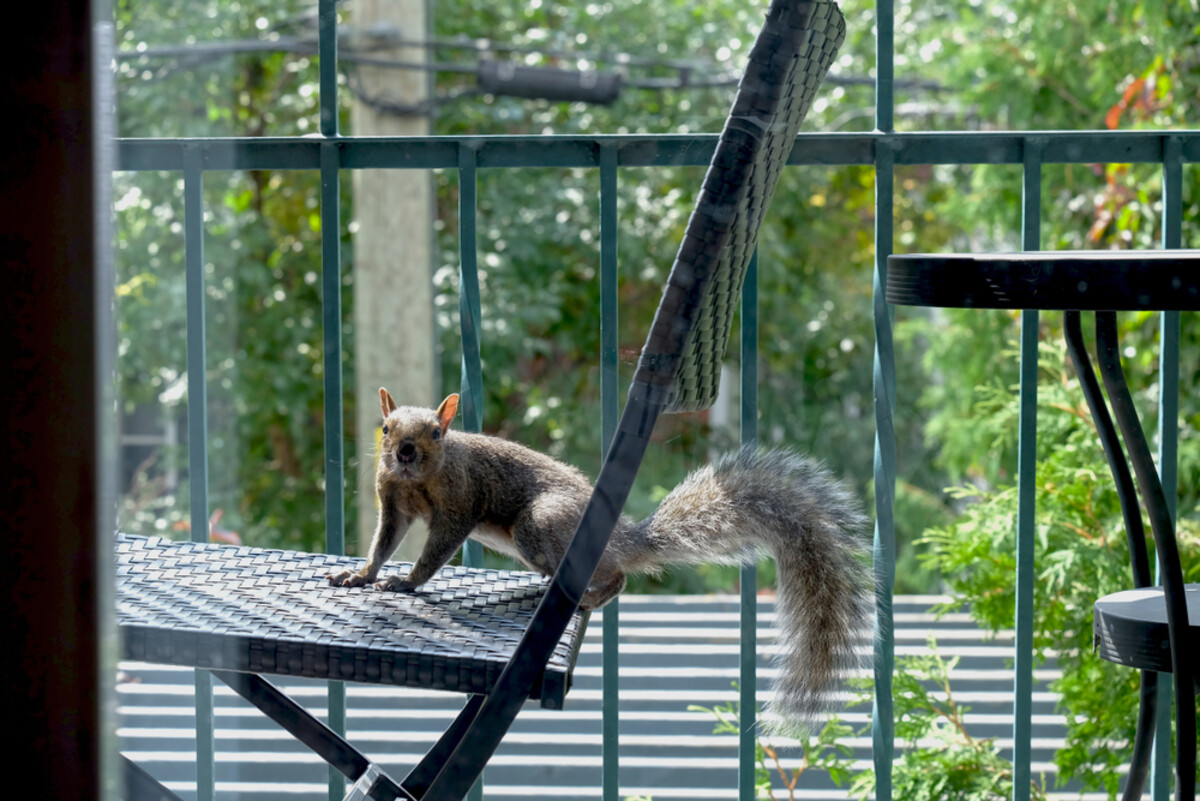
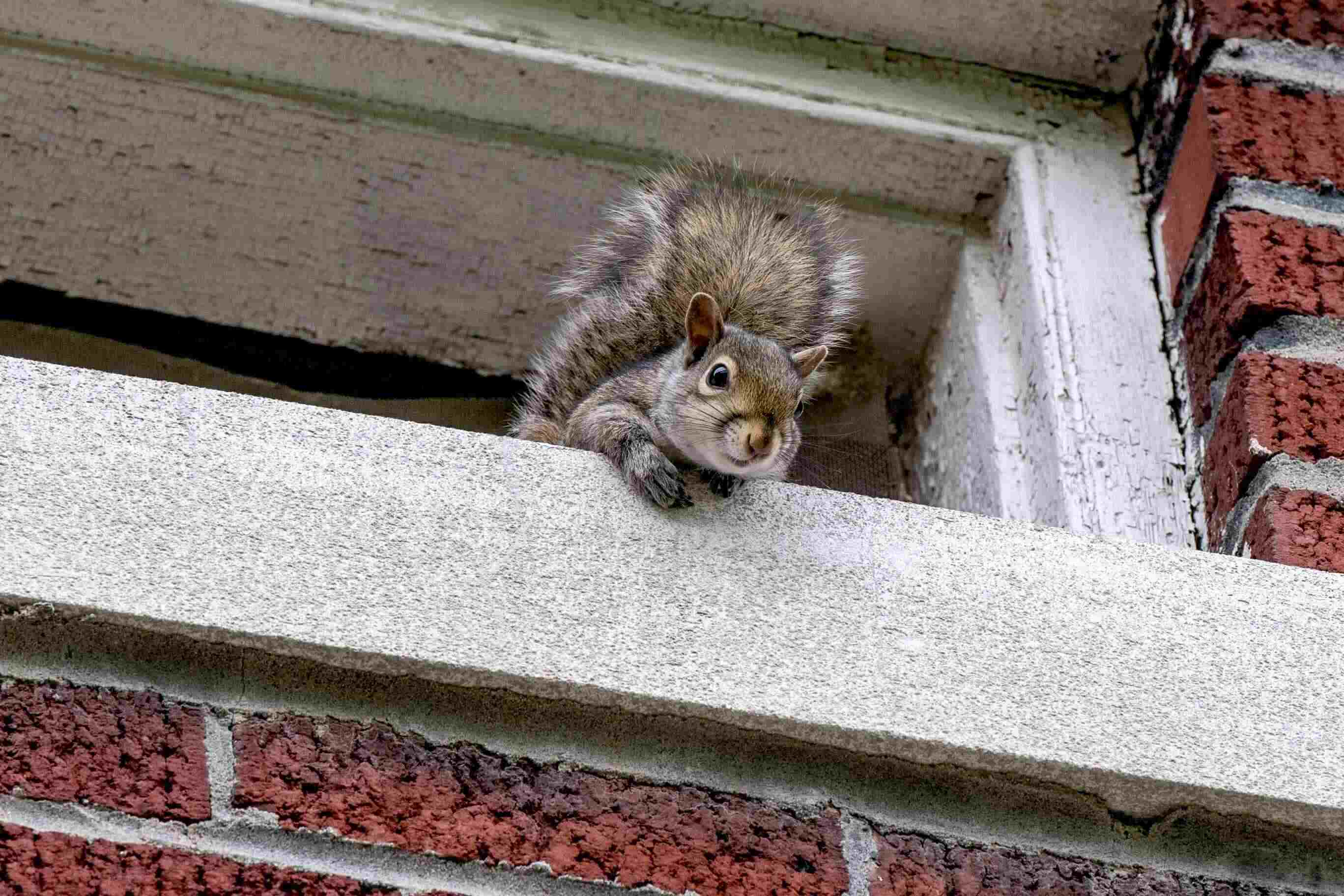
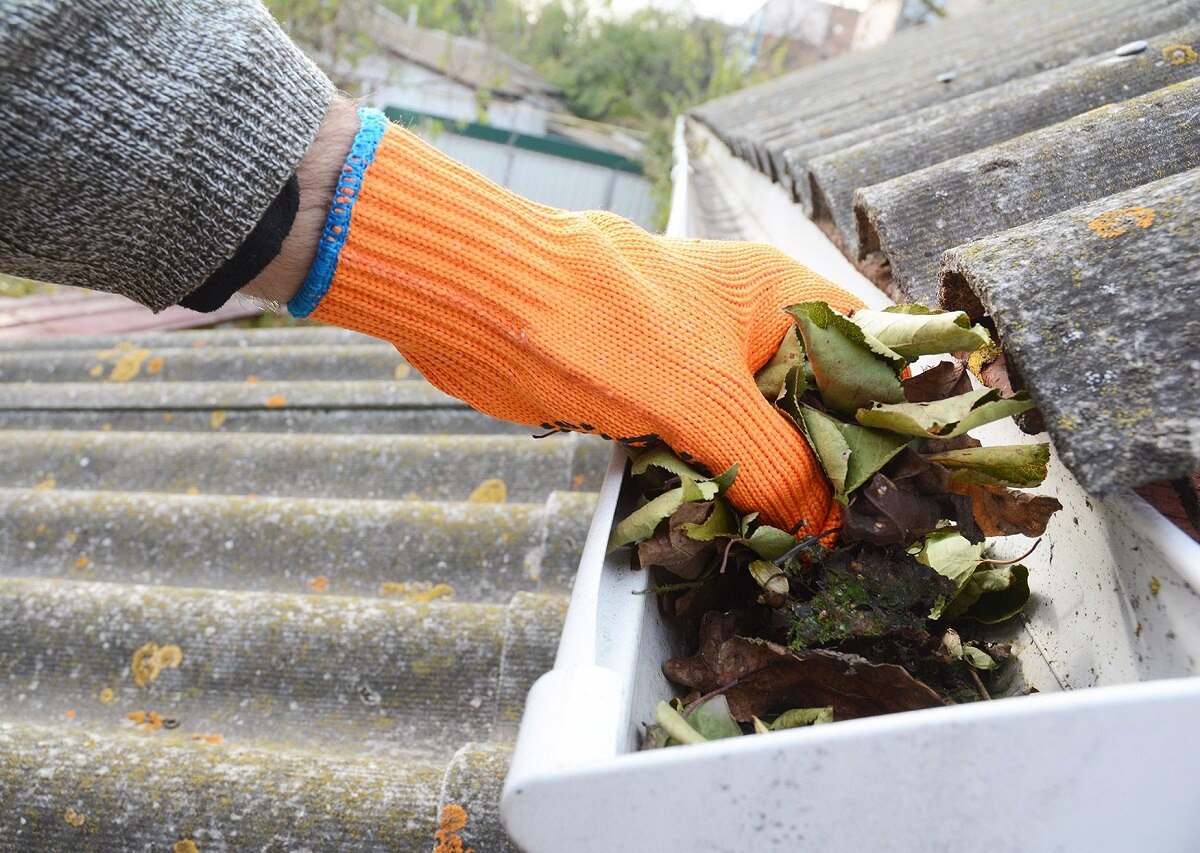
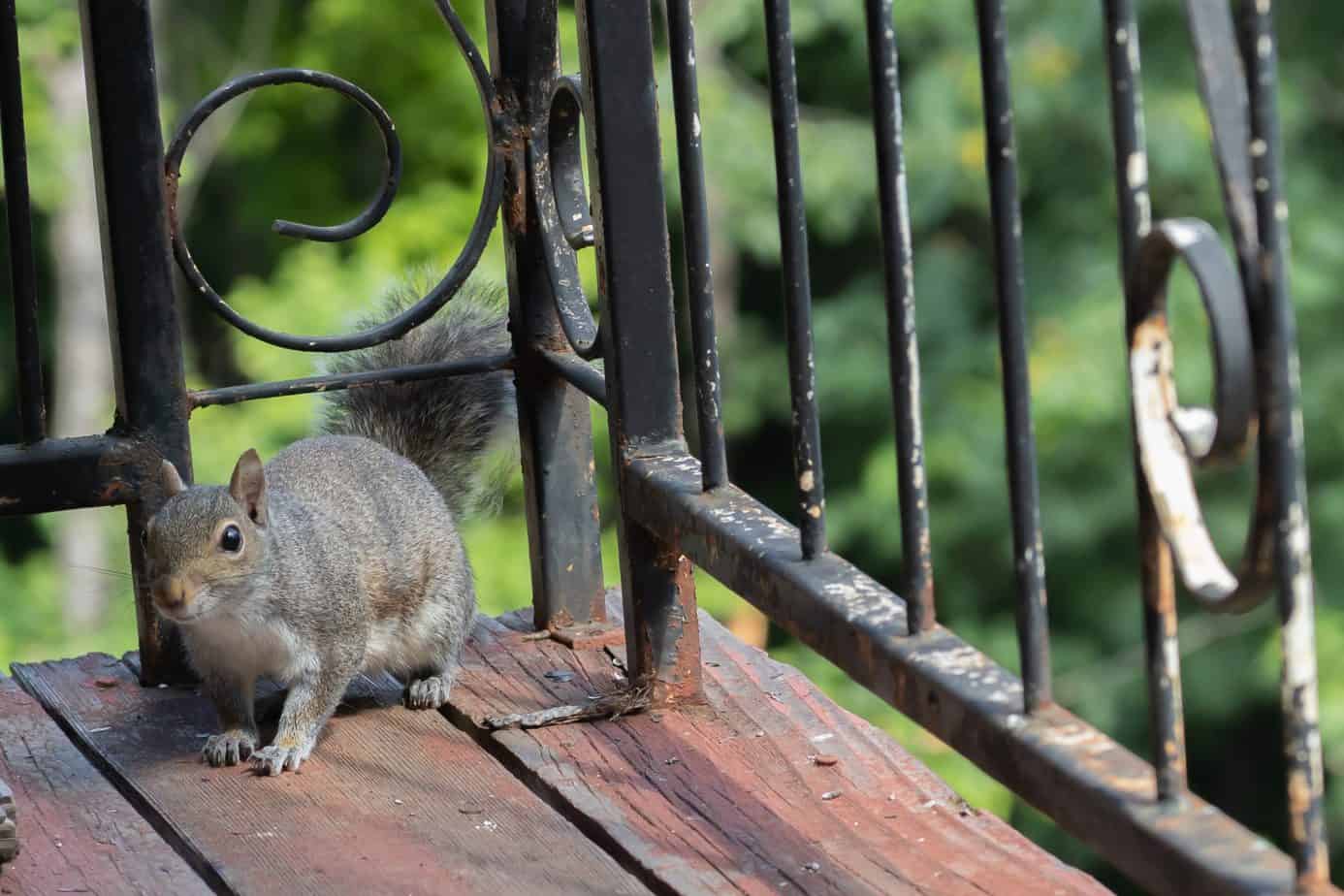
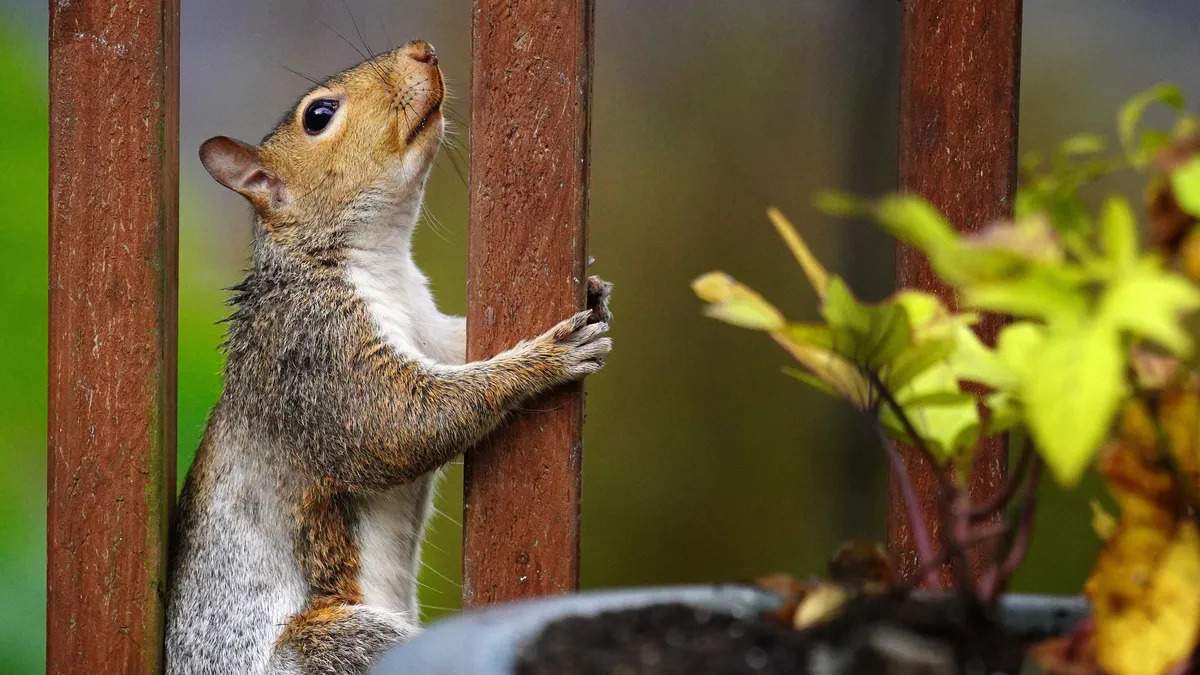
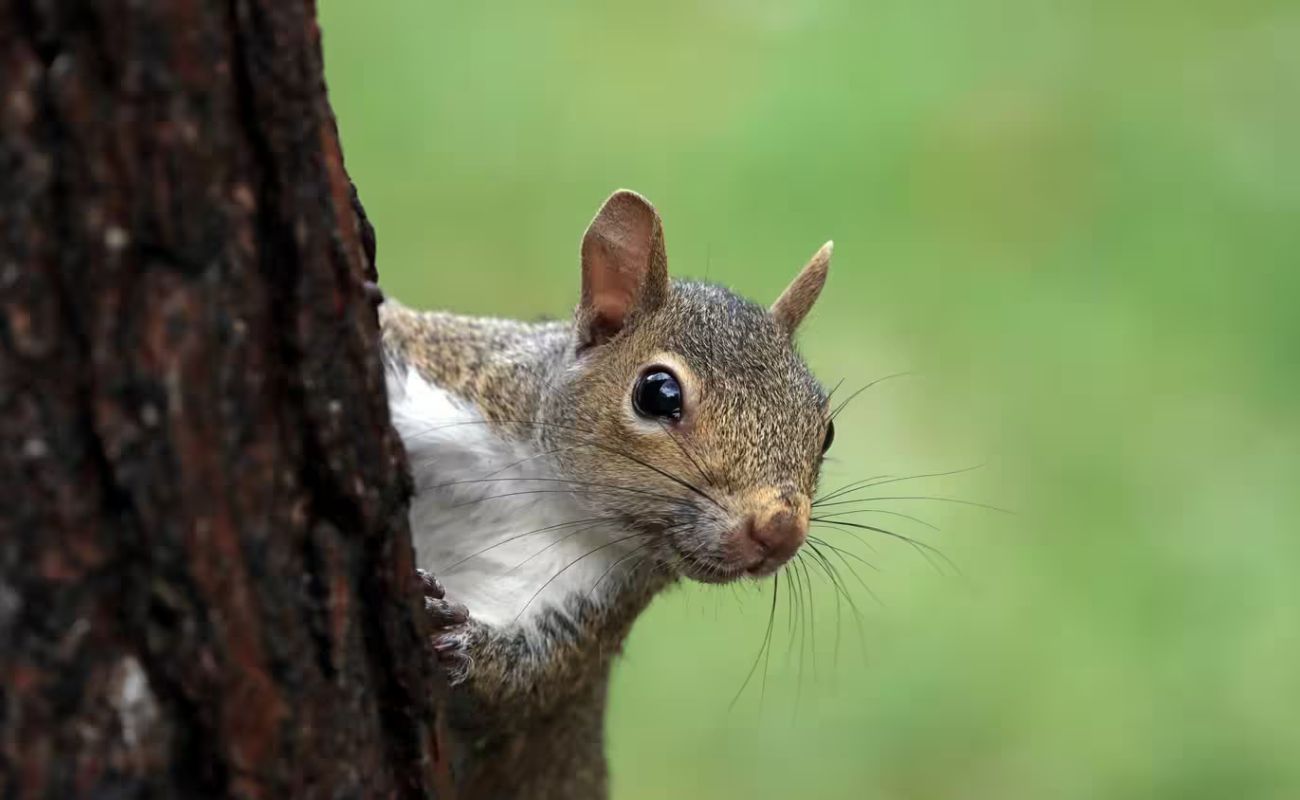
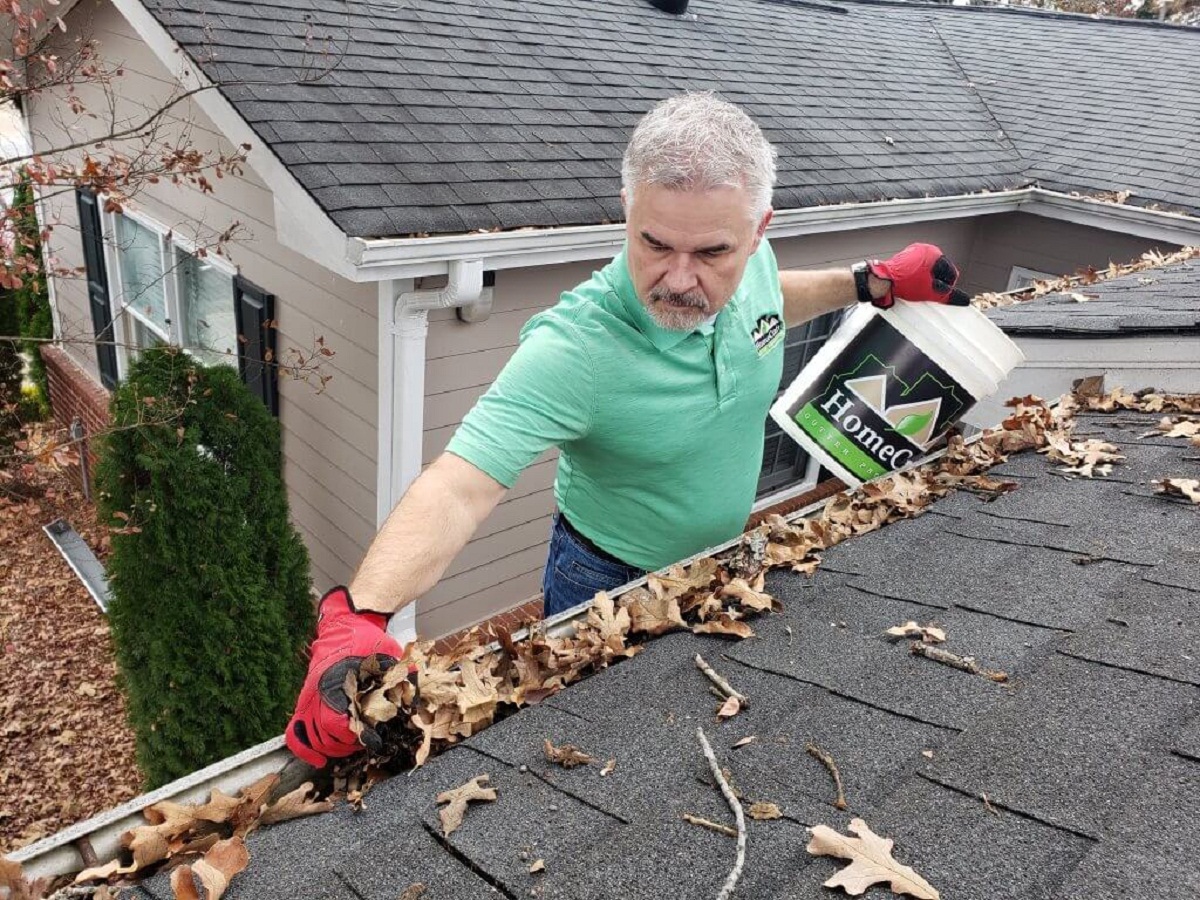
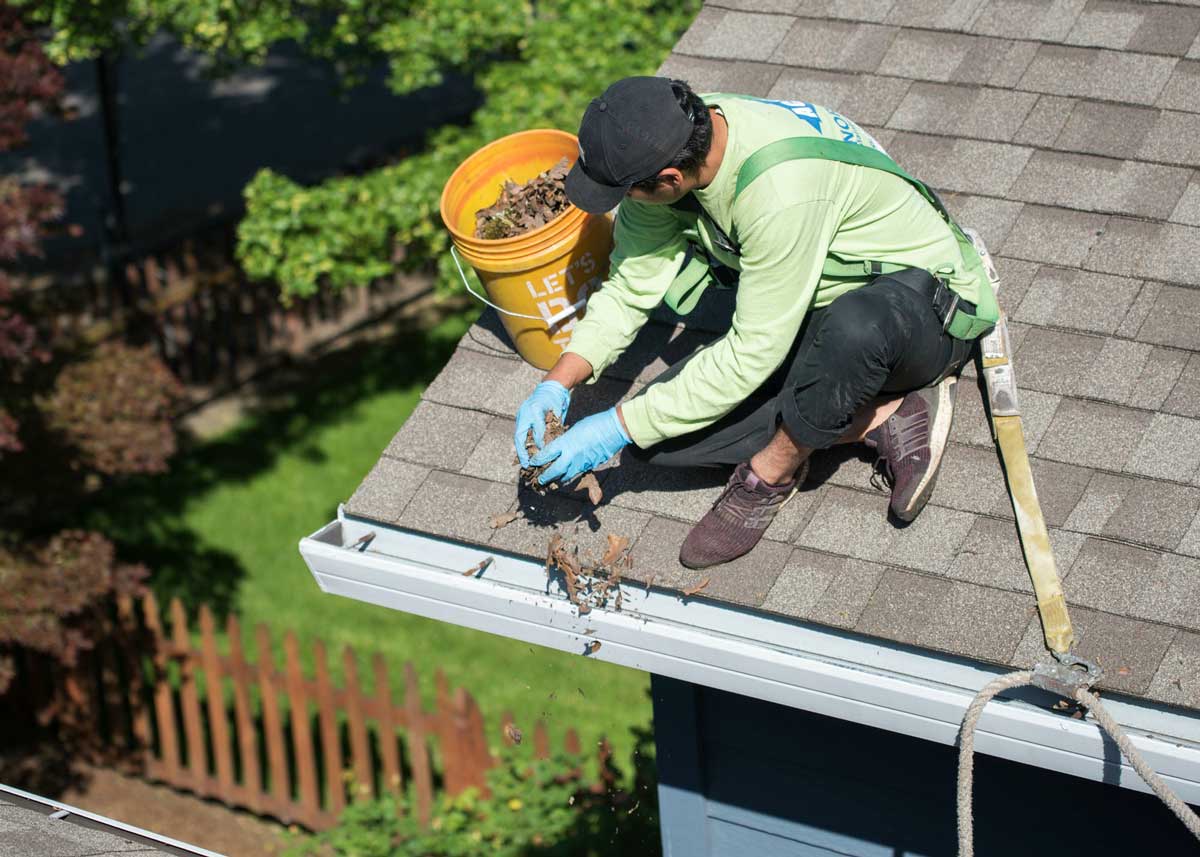
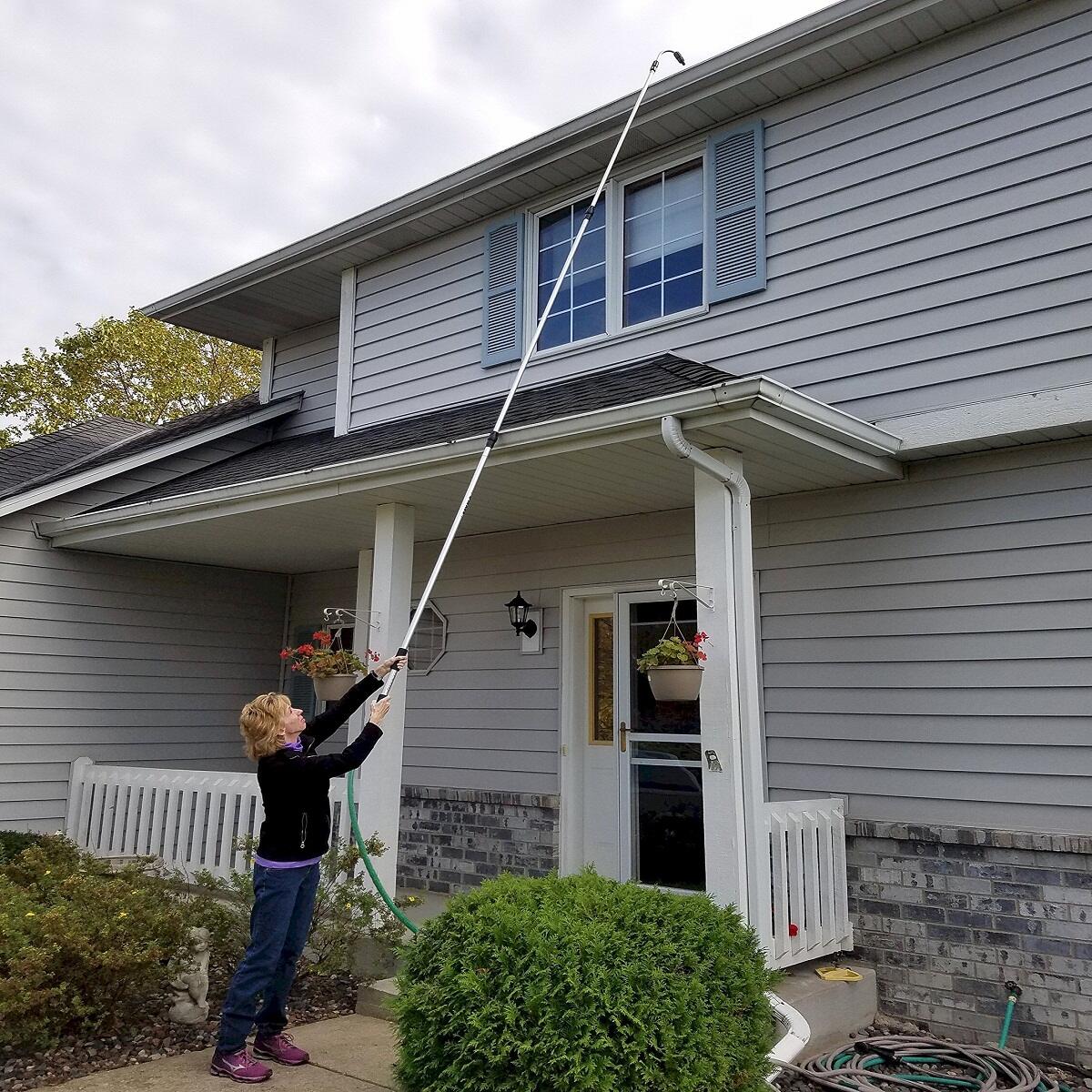
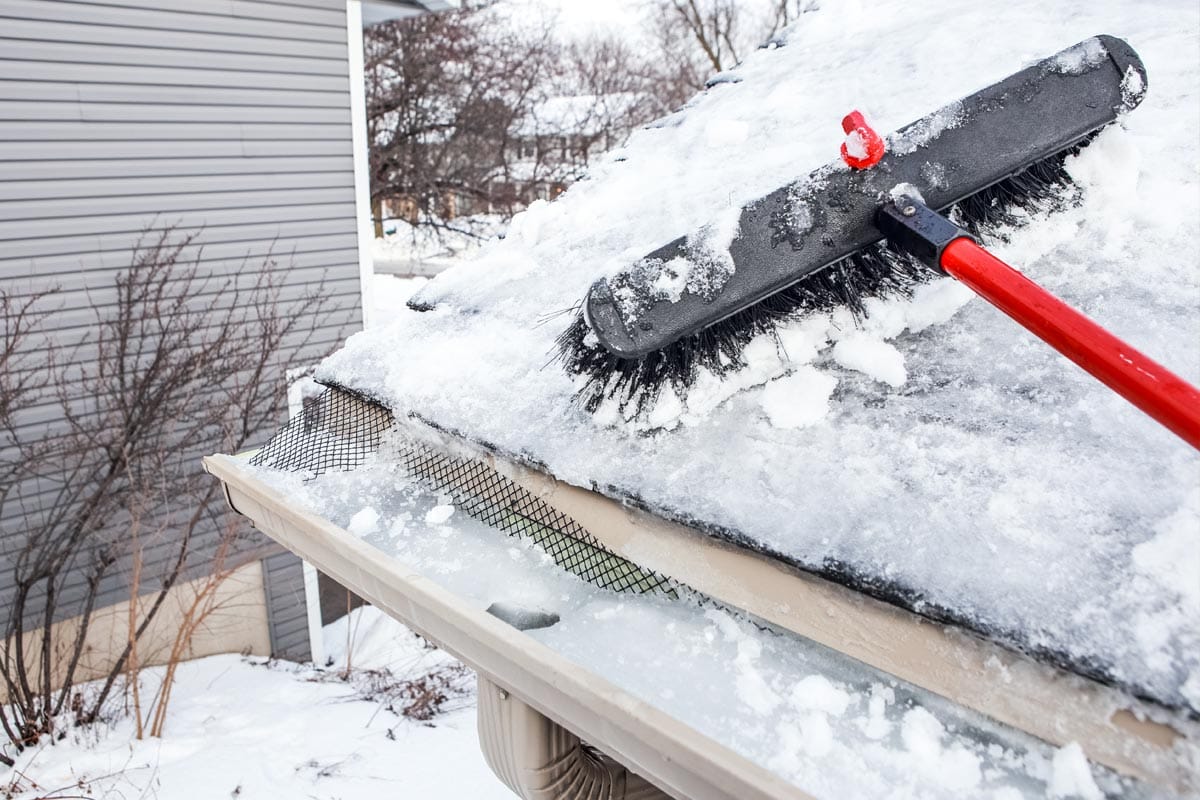
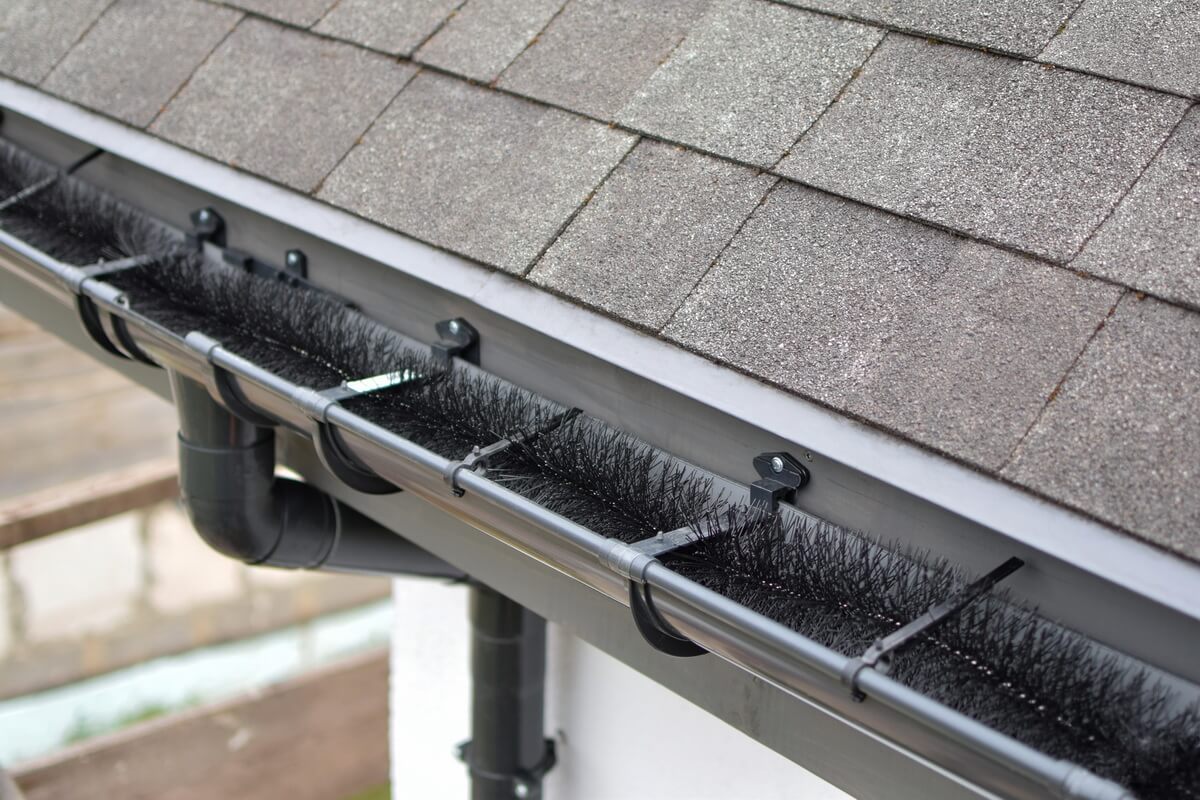
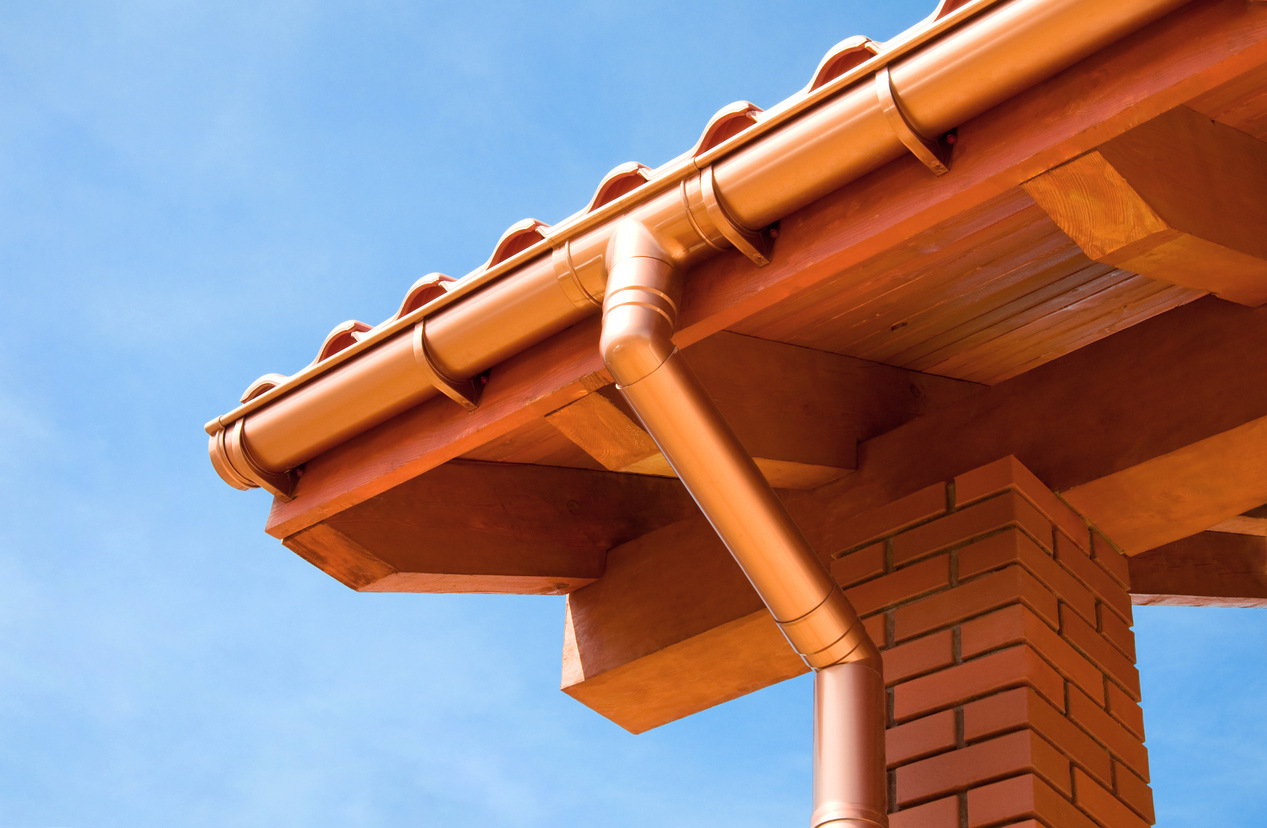
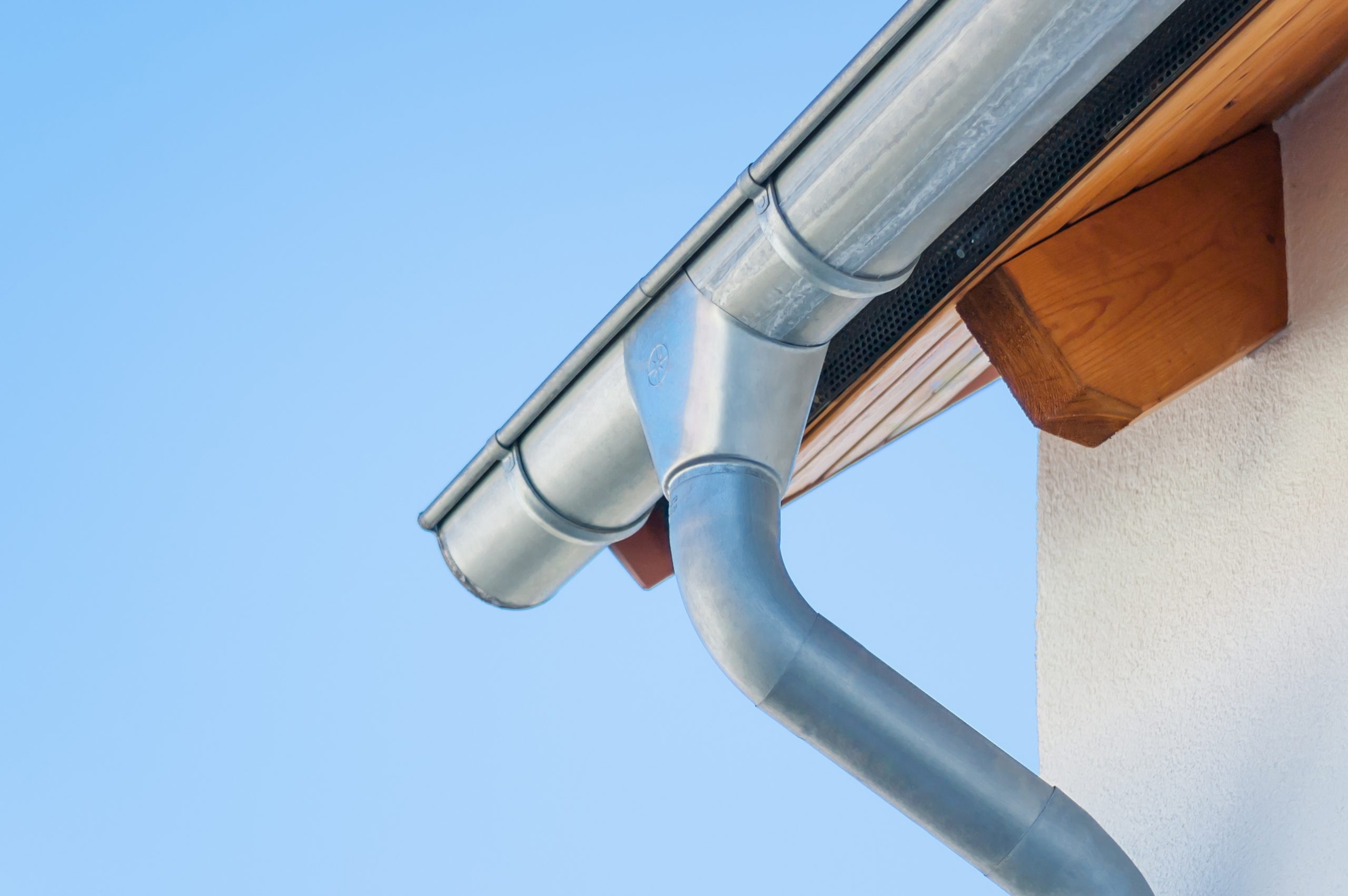

0 thoughts on “How To Keep Squirrels Out Of Gutters”